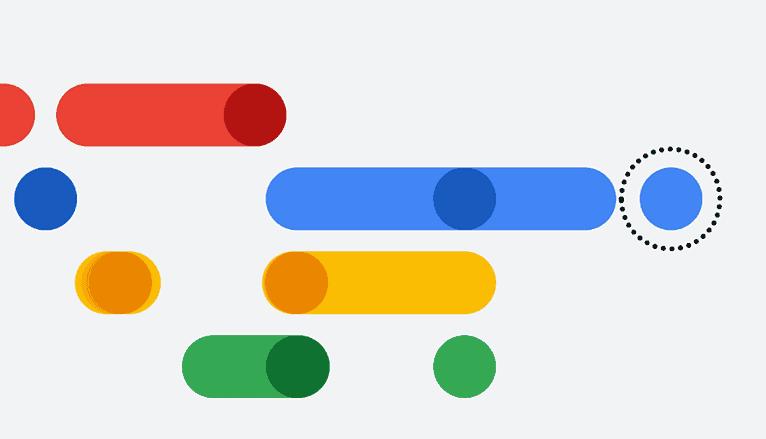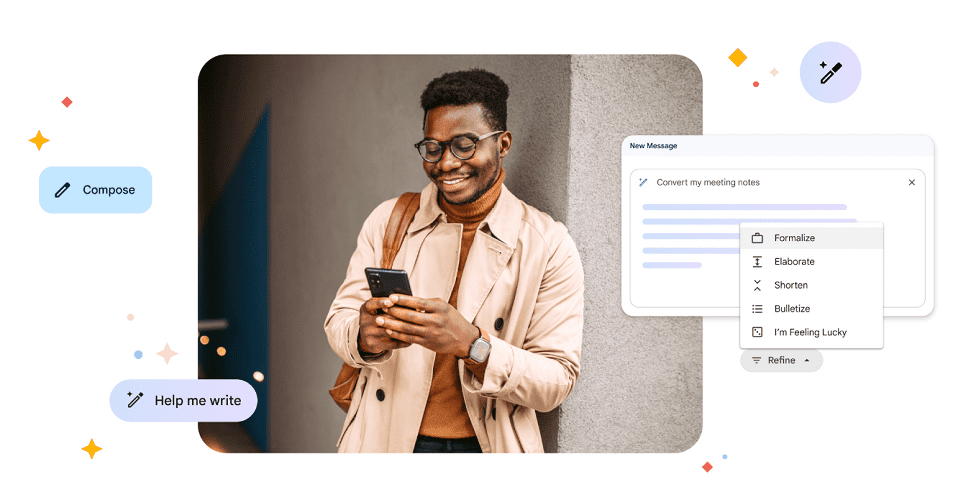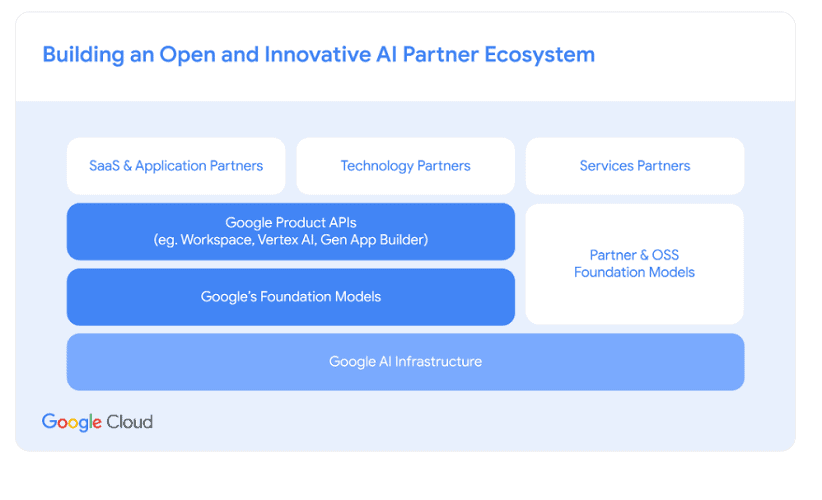Google has significantly expanded generative AI functionality for a wide range of applications. For example, Google Workspace got considerably more AI features, but it also becomes easier for developers to provide applications with AI models.
Google is under pressure to find an answer to ChatGPT’s extreme popularity. Recently, Google took a first step in this with the introduction of the ChatGPT alternative Bard, but it will not stop there. A number of recent announcements by Google Cloud CEO Thomas Kurian show that Google wants to offer and deploy AI even more as functionality in its solutions.
AI for Google Workspace
Now Google Workspace is getting more AI functionality. The productivity suite already has much of this functionality, such as Smart Compose in Gmail or the automatically generated summaries in Google Docs, but more features are being added. The new AI functionality should start to make writing easier. For example, just typing in a topic, after which AI functionality automatically generates a draft version. This draft version can then be edited to find the right tone-of-voice.
In addition, within Google Workspace, AI now helps with creating, replying, summarizing and priortizing email in Gmail, brainstorming, editing, writing and rewriting text in Google Docs, creating automatically generated images, audio and video in Slides and turning raw data into insights and analysis via auto-completion, formula generation and contextual categorization in Sheets.
Also, the new AI functionality makes it possible to create new backgrounds and notes in Meet and set up workflows for performing actions in Chat. The new AI features in Google Workspace will be available to a limited number of testers very soon.
PaLM API and MakerSuite
In addition to Google Workspace, the cloud giant is also going to make it possible for developers to use even more of Google Cloud’s AI models for their own applications. For this purpose, the PaLM API is being introduced. With the API, developers can more easily and also more securely use the various features of the PaLM AI model for their own applications. This API provides various functionality and size versions of the AI model. This collection will be expanded over time.
The PaLM API is being introduced in conjunction with the new prototype environment MakerSuite. This tool helps with quickly converting ideas into prototypes. More features will be added in the near future, such as prompt engineering, synthetic data generation and custom model tuning. All supported by robust security tools.
A select few developers already have access to a private preview of both tools, and there will be a waiting list, Google Cloud said.
Other AI functionality
Other new AI features include generative AI support in Vertex AI and the generative AI App Builder. For the tech giant’s Vertex AI platform, which can be used to build and deploy ML models and AI applications at scale, a number of “foundation” models are now becoming available. Initially, these are models for generating text and images. Later this will be expanded to include audio and video. With the functionality, users will have more ability to discover models, create and edit prompts and fine-tune them with their own data. They can also roll out applications that use this functionality.
With the Generative AI App Builder, businesses and organizations build their own AI-enabled chat interfaces and digital assistants in a very short time. This tool connects conversational AI flows with standard search experiences and foundation models.
AI ecosystem
Google Cloud is also coming with an expansion of its AI ecosystem and special programs for tech partners, software vendors specializing in AI and for startups.
The cloud giant also says it will continue to pay close attention to its AI Principles. These “rules of conduct” should promote the use and security of its AI features.
Also read: ML makes Nürburgring’s Nordschleife safer for everyone


